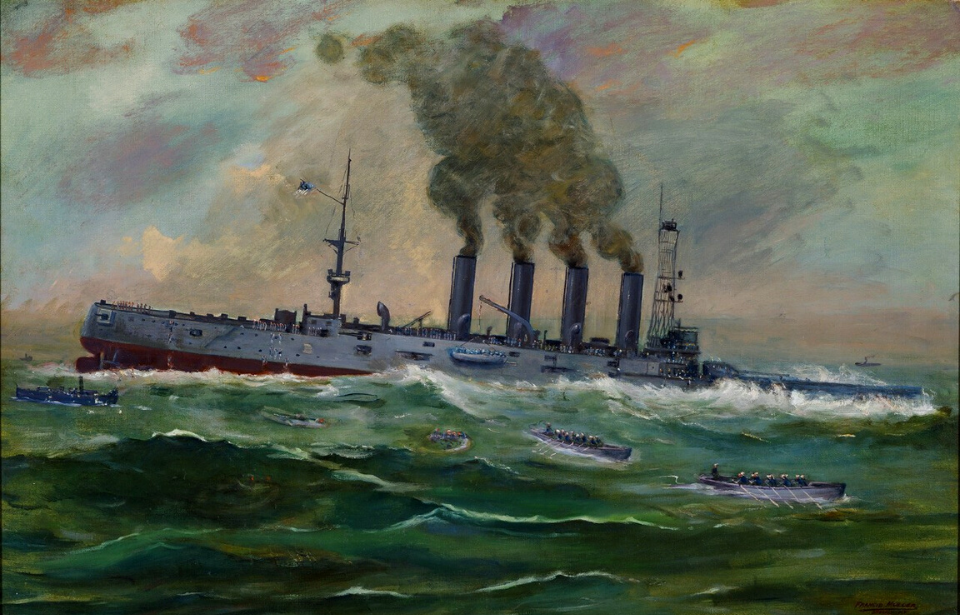Shortly after 11:00 AM on July 19, 1918, the Pennsylvania-class armored cruiser USS San Diego (ACR-6) – formerly known as the USS California – was rocked by an explosion on the ship’s port side, near the port engine room. Within 30 minutes, she was at the bottom of the Atlantic Ocean.
When no one took responsibility for the attack, historians were left to their own speculation – that is, until 100 years later, when an underwater archaeologist made an interesting discovery.
USS San Diego‘s (ACR-6) career was tactical and political
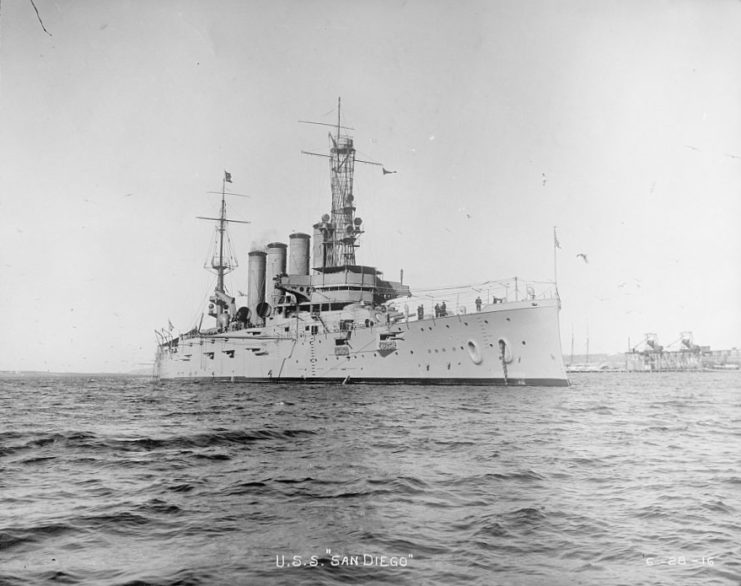
The USS California was launched on April 28, 1904 and commissioned just over three years later. She was assigned to the Pacific Fleet’s 2nd Division, conducting exercises and drills along the west coast. In March 1912, she joined the Asiatic Station, a squadron of US Navy vessels stationed in East Asia. California went on to protect US assets in Nicaragua, enforced the military’s presence off the coast of Mexico and kept the peace during times of political turmoil.
Sinking of the USS San Diego (ACR-6)
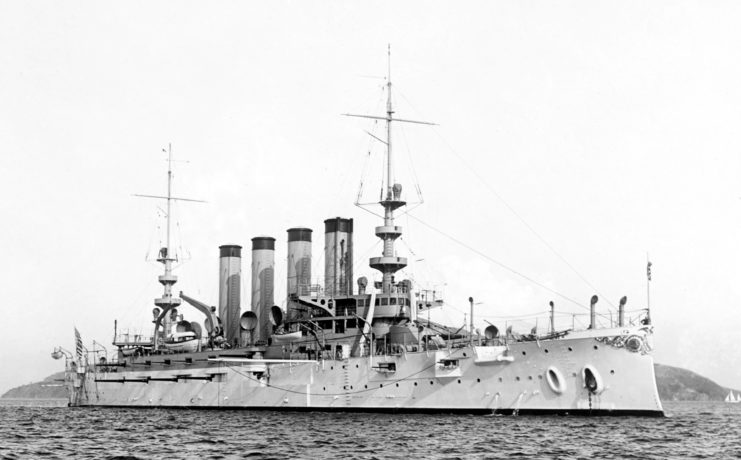
On July 18, 1918, the USS San Diego left Portsmouth Naval Shipyard in Maine, bound for New York. Captained by Harley H. Christy, she traveled along a zigzag course as all lookouts, fire control parties and gun watches were on full alert.
The next morning, a massive explosion ripped through the ship’s port side. As the crew struggled to stop San Diego from taking on water, they soon realized the bulkhead near the explosion site was warped, making it impossible to close the watertight door between the engine room and the No. 8 fireroom.
Survivors were left with no answers
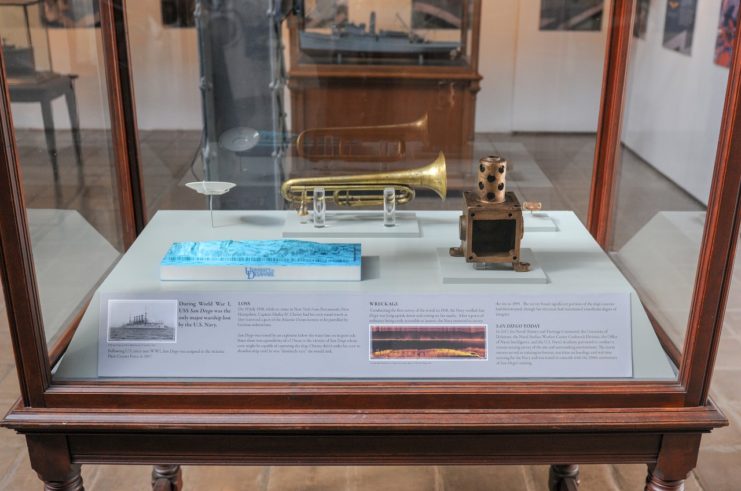
What really happened to the USS San Diego (ACR-6)?
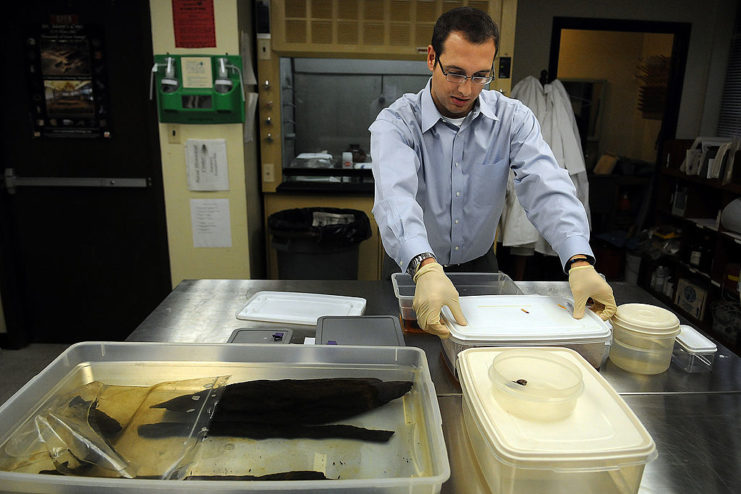
After two years of research using archival documents, 3D scans and high-tech models, a team of researchers from the Naval History and Heritage Command (NHHC) announced their findings. At the 2018 AGU conference, underwater archaeologist Alexis Catsmabis declared, “We believe that U-156 sunk San Diego.”
